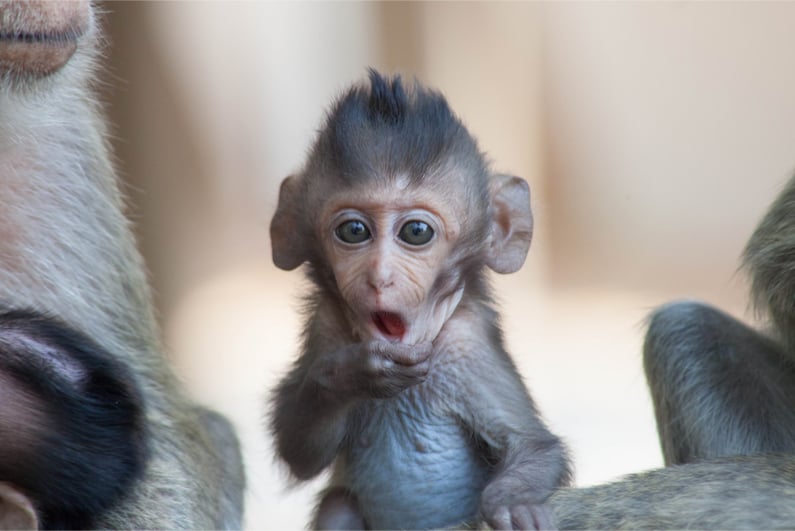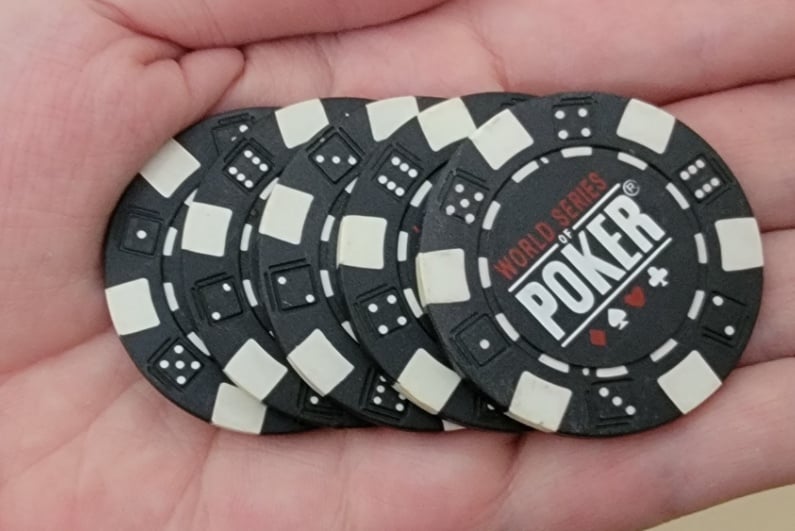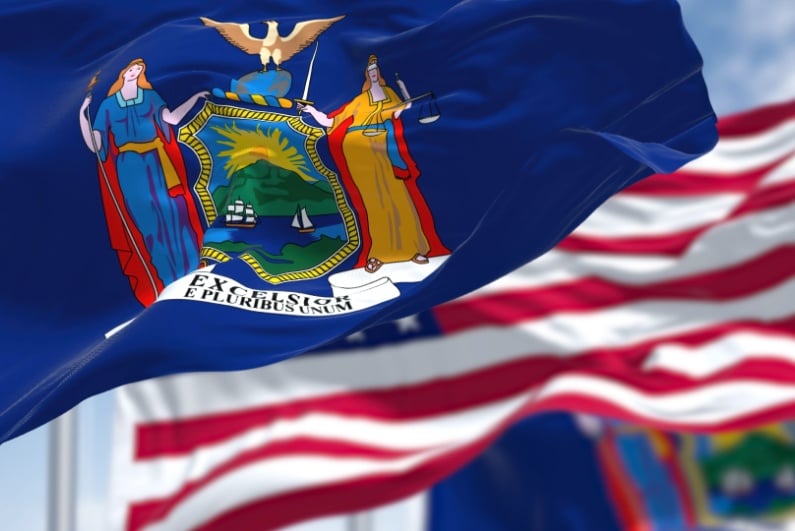Experiments carried out with two monkeys have helped to identify a small part of the brain that plays an important role in the decision-making process – and as such could also be responsible for controlling risk-taking impulses.
When the area was activated by researchers, the monkeys became less likely to make a risky decision compared to a safe one. The report was published in the Current Biology journal on Tuesday and could be a promising breakthrough in treating various human disorders.
Adverse to taking risks
Researcher Veit Stuphorn, one of the co-authors of the study said that when the area was activated the animals became adverse to taking risks. They said: “For a long time, people thought that this is like a personality trait, that some people are risk-takers and others are not. But recent research has shown that the same person who is very cautious about personal investments may be an avid bungee jumper.”
The study was carried out on two monkeys that were taught to play a computer game that gave them drops of juice when they won.
According to the researchers, the monkeys enjoy gambling and as such participated voluntarily. There were two potential outcomes for the game – the monkey would either get a guaranteed small amount of juice, or they could gamble to get a lot of juice or no juice at all.
“They’re always tempted to go for it,” Stuphorn said. “They’re going for the big win every single time,” regardless of whether or not the guaranteed option would have allowed them to have more juice in the long run.
Brain cells activated when winning
The researchers suspected a particular area of the brain was responsible for provoking the impulsive decisions; it became very active when making the decision over which option to choose.
To test their theory, they cooled the part of the brain that had previously been activated when gambling. The monkeys began playing it safe and would not take the gamble as they had previously, instead opting for the surefire option.
The team said they believe this is at least one of the ways the brain can change people’s risk-taking decisions. Alireza Soltani, who was not involved in this particular study but who researches decision-making at Dartmouth College, said the change probably depends on a number of factors, including what is at risk when playing.
“The monkeys are playing for a drop of juice, and that’s not a big deal. So they take big risks just to keep the game interesting.”
Other studies have indeed shown that people are more likely to be careful about taking risks when the stakes are higher.
Soltani added: “If you look at risk preference as not something that is fixed and set in stone, then we can actually think about what we can do to help people to change their risk preference to something that is better for them.”
Links to eye movement
The area of the brain that was identified in the study also plays a role in eye movement, although it is unclear if the same area affects risk-taking decisions that involve other parts of the body.
Michael Platt, a professor of neuroscience at James S. Riepe University, said: “Whether that’s reaching out to pull the handle on a slot machine, or walking to the casino in the first place.”
He suspects different areas with a similar function would also influence other types of risky behaviors. Understanding the physiology of risk-taking could offer practical benefits when applied.
Platt said: “One would be to help people who have decision-making disorders, whether that’s problem gambling or addiction, or other things like that. So, we might be able to develop more effective therapies.”
He went on to say that having an understanding of how the brain makes decisions could help people make better, less risky choices on the whole.
Gamble Aware is currently launching a study of gambling, to find out just what extra information and awareness is needed.




